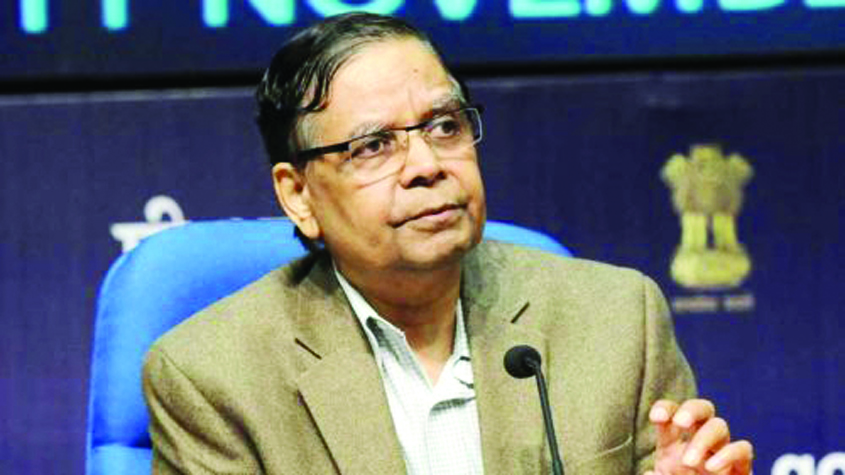Interestingly, the previous Manmohan Singh government had made a similar proposal in 2013, for which a consultancy firm Deloitte Touche Tohmatsu was hired. The move saw heavy resistance from CIL workers’ union and the plan was scrapped. The CIL has a work force of over 3.5 lakh.
Restructuring of CIL was originally proposed by the T.L. Shankar Committee in 2007. The committee had suggested changes at the board level by making the Chairman and Managing Director (CMD) of CIL, chairman of all the subsidiaries. The idea was to hold the CIL CMD accountable for the performance of subsidiaries.
According to sources, the government is unlikely to accept the Aayog’s recommendation and CIL will continue to function as it has been doing at present.
A senior official told The Sunday Guardian, that the proposal, if implemented, may lead to chaos. “As it is, the functioning of CIL is under question. The government may not like to change status quo which may further complicate the matter. Instead, the government should consolidate CIL so that it improves its performance,” he said. The official further added that ‘”idea to break-up CIL has been doing the rounds for last 15 years.”
Former CIL chairman Partha S. Bhattacharya in a post on a social networking site said: “By dissolution of CIL, the governance in the coal sector will take a severe hit. It would be incorrect to expect the Ministry of Coal deliver the role that CIL plays today in ensuring proper governance in the subsidiaries. The government has not been able to deliver on its most important task of providing continuity of top leadership at the subsidiaries. Quite a few subsidiaries are without regular CMDs for more than a year. If the problem has not surfaced severely in terms of mismanagement, high accident rates
“As it is, the functioning of CIL is under question. The government may not like to change status quo which may further complicate the matter. Instead, the government should consolidate CIL so that it improves its performance.”
He further noted that successive governments have seen CIL solely as a ‘provider of financial resources to meet fiscal deficit.’
“CIL today is the only Indian company that rightfully claims to be the largest in the world as a coal mining company. The largest companies in other sectors such as oil & gas, power, steel etc, though big, are not big enough to lay claim on being the global top shot. Government should seriously reconsider,” he said.
P.N. Singh, a member of the Parliamentary Standing Committee on Coal and Steel, said: “The manpower strength of CIL has come down drastically in the last few years. Any restructuring or unbundling may lead to lay-offs in the subsidiary companies. The trade unions are opposed to it. The government should not allow this to happen.”
Pangariya recently announced the Aayog’s proposal to unbundle CIL to allow competition, meaning seven of its subsidiaries should be made separate corporate entities. He said auctions of coal mines are done but still a large part of it is administrative allocation, which doesn’t have a good effect on price discovery.
“It will have a favourable impact if we allow competition,” he had said.
He had said that the Aayog was drafting a National Energy Policy and the idea of unbundling was part of its deliberations. The policy is likely to answer issues related to country’s transition to renewable energy, universal access to power by 2022, lowering dependence on imports and increasing energy security.
CIL was formed in 1975 as part of the effort to nationalize the coal sector. Initially, four coal production subsidiaries were set up. Later on three more were added.

